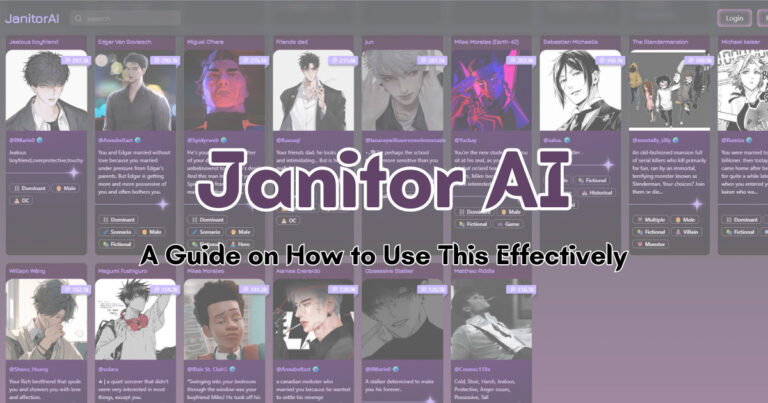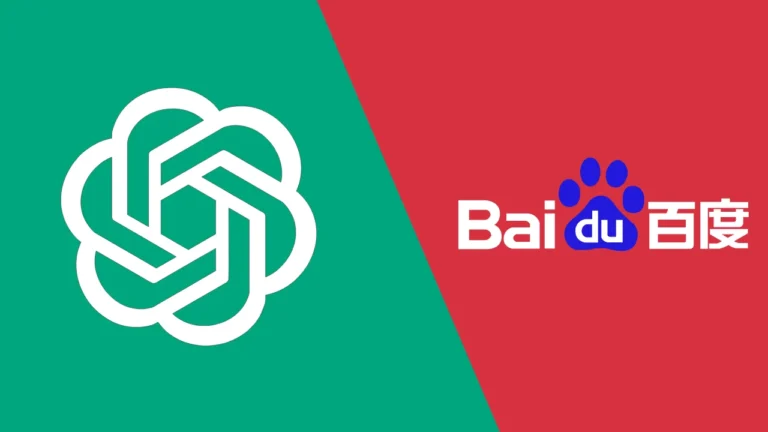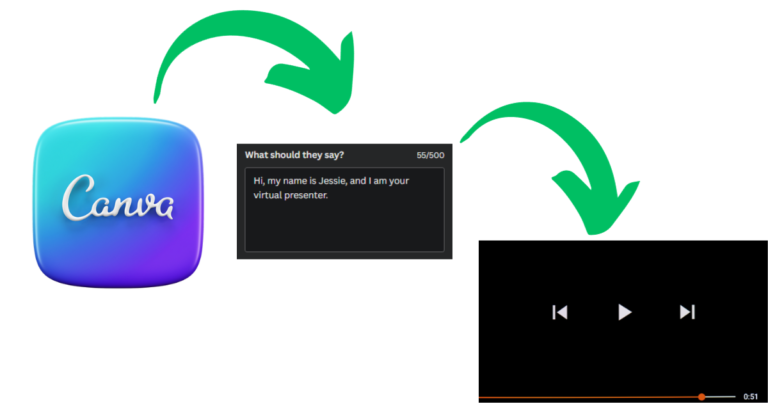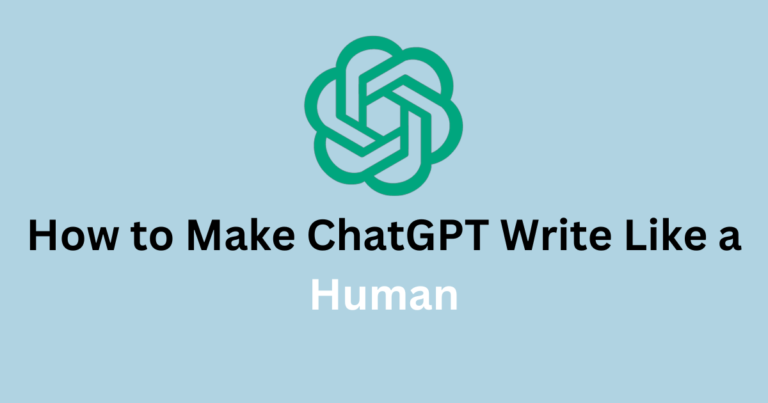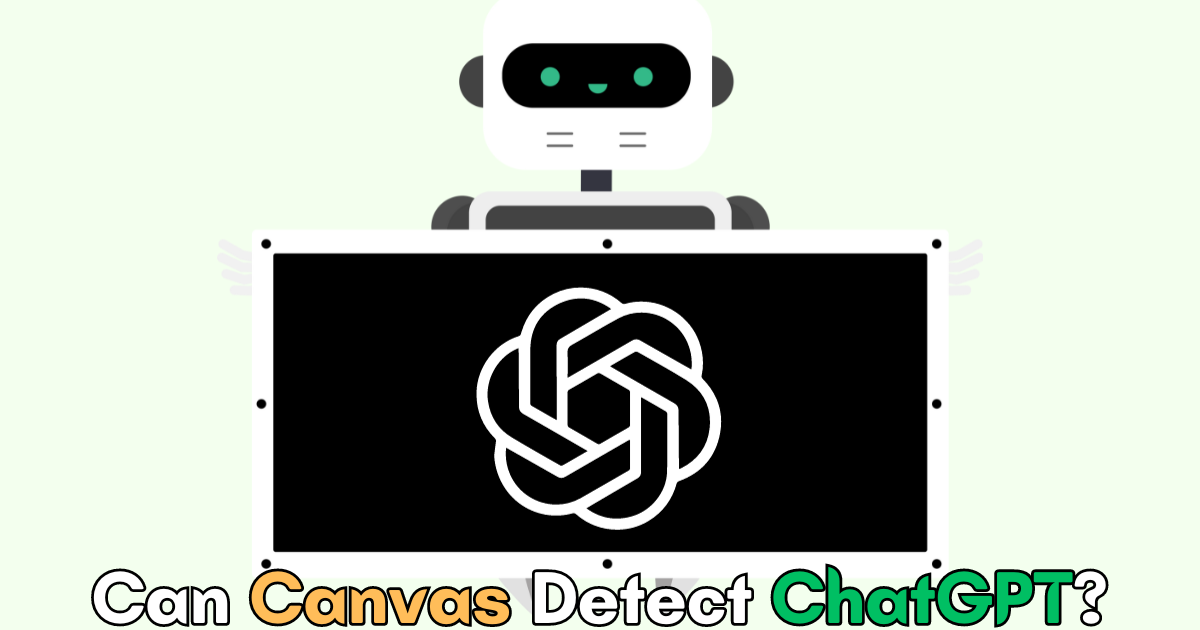
Canvas, a popular learning management tool, has the ability to detect AI usage to some extent. It is widely used by educational institutions to manage online classrooms and assessments.
In this section, we will explore whether or not Canvas has the capability to detect the usage of ChatGPT, an AI-generated content.

Contents
Can Canvas Detect ChatGPT?
Canvas, as a learning management tool, has the ability to detect the usage of ChatGPT to some extent. However, it is important to note that Canvas cannot directly detect AI writing.
Integration with Third-Party Tools
Teachers using Canvas can enhance their detection capabilities by integrating third-party tools to detect AI-generated content like ChatGPT. These tools help in identifying any instances of cheating or the use of AI writing, ensuring the authenticity of students’ work.
The integration between Canvas and these third-party tools allows teachers to leverage advanced algorithms and machine-learning techniques to detect irregularities and flag potential cheating.
By analyzing student responses and comparing them against known patterns of AI-generated content, these tools can provide valuable insights into the authenticity of the submitted work.
Additionally, Canvas’s integration with third-party tools enables the implementation of proactive measures to prevent cheating.
Features like access codes, time limits, and random questions can be deployed to ensure that students cannot rely on AI-generated content during exams.
These measures add an extra layer of security and help maintain the academic integrity of assessments conducted through Canvas.
Enhancing Detection with AI Integration
While Canvas itself cannot directly detect AI writing, its integration with AI detection tools can significantly enhance the platform’s capabilities.
By leveraging the power of artificial intelligence, these tools can analyze student responses, detect signs of AI-generated content, and provide detailed reports to instructors.
One popular tool that can be integrated with Canvas is Quillbot, a powerful paraphrasing tool. Quillbot is designed to rephrase text, making it less likely to be detected as copied or AI-generated content.
By incorporating Quillbot into Canvas, teachers can further enhance their ability to identify potential cheating attempts and maintain fairness in assessments.
Overall, Canvas’s integration with third-party tools offers educators a comprehensive solution to detect and prevent the use of AI-generated content like ChatGPT.
By leveraging these tools, teachers can create a secure and reliable assessment environment, ensuring that the evaluation of students’ work accurately reflects their knowledge and skills.
| Key Features of Integration with Third-Party Tools: |
|---|
| Enhanced detection capabilities for AI-generated content |
| Identification of irregularities and potential cheating |
| Implementation of proactive measures to prevent cheating |
| Integration with AI detection tools like Quillbot |
Features to Prevent Cheating
Canvas offers various features such as access codes, time limits, and random questions to prevent cheating and flag potential irregularities.
These features play a crucial role in maintaining academic integrity and ensuring a fair assessment process. By implementing these measures, educators can create a secure environment for online exams and assignments.
Access codes are one of the key features provided by Canvas. By assigning unique codes to each student, instructors can restrict access to the course materials and prevent unauthorized individuals from participating in exams. This helps in maintaining the integrity of assessments and reduces the likelihood of cheating.
| Features | Description |
|---|---|
| Time limits | Canvas allows instructors to set time limits for exams, ensuring that students complete their assessments within a specified duration. This feature helps prevent students from seeking external assistance or spending excessive time on a single question. |
| Random questions | Canvas enables the creation of question banks from which it randomly selects questions for each student. This prevents cheating by making it difficult for students to share answers or rely on pre-prepared solutions. |
In addition to access codes, time limits, and random questions, Canvas also records student activities during exams. It can detect irregularities such as unusually fast response times or suspicious patterns in answers.
Furthermore, Canvas integrates with plagiarism detection tools, enabling instructors to identify instances of copied or plagiarized content. By combining these features, Canvas offers a comprehensive solution to prevent cheating and maintain academic integrity.
It is important to note that while Canvas provides a strong framework to detect and prevent cheating, it may not directly detect AI-generated content such as ChatGPT.
However, instructors can enhance Canvas’s capabilities by integrating it with third-party AI detection tools. Additionally, instructors can review student activity logs to ensure there is no cheating during exams.
By monitoring these logs, they can identify any potential red flags or inconsistencies in a student’s work.
Monitoring and Integration with Plagiarism Detection Tools
Canvas records and monitors student activities during exams, detecting patterns and response times to identify potential cheating, including the use of AI-generated content like ChatGPT.
By analyzing the students’ actions and behaviors, Canvas can flag irregularities that may indicate academic dishonesty. This proactive approach helps instructors maintain the integrity of the assessment process.
In addition to its built-in monitoring capabilities, Canvas integrates seamlessly with plagiarism detection tools. These tools analyze the students’ written responses, comparing them to a vast database of existing content to identify any instances of plagiarism or the use of AI-generated content.
This integration adds an extra layer of protection against cheating, ensuring that students’ work is original and free from unauthorized assistance.
Plagiarism Detection Tools Integrated with Canvas
| Tool | Description |
|---|---|
| Turnitin | A widely-used plagiarism detection tool that compares students’ work against a vast database of academic sources, websites, and other student submissions. |
| Grammarly | Not only does Grammarly check for grammar and spelling errors, but it also has a plagiarism detection feature that can identify content copied from various sources. |
| Copyscape | Primarily used for detecting website plagiarism, Copyscape can also be integrated with Canvas to scan students’ submissions for any copied content. |
By leveraging the power of these plagiarism detection tools, instructors can confidently assess their students’ work, knowing that any instances of cheating or the use of AI-generated content will be promptly identified.
This serves as a strong deterrent against academic dishonesty and upholds the integrity of the educational system.
Overcoming Detection and Instructor Review
While Canvas cannot directly detect AI writing, there are methods to overcome its detection, such as paraphrasing tools like Quillbot. Instructors can review student activity logs to ensure no cheating occurs during exams.
Paraphrasing tools like Quillbot can be used to modify AI-generated content in a way that makes it less likely to be detected by Canvas.
These tools can rephrase sentences and alter word choices, making it harder for plagiarism detection algorithms to identify copied content. By using such tools, students may attempt to bypass Canvas’s detection mechanisms.
However, it’s important to note that while paraphrasing might make AI-generated content less detectable, it does not guarantee foolproof evasion.
Instructors can still review student activity logs to look for suspicious patterns or inconsistencies that may indicate cheating.
By analyzing the logs, instructors can identify any unusual behavior, such as frequent access to external websites or erratic response times, which may raise suspicion and trigger further investigation.
Student Activity Logs
Canvas keeps a detailed record of student activity, including their interaction with assignments, quizzes, and exams. These logs can provide valuable insights into a student’s behavior during an assessment. Instructors can monitor the time spent on each question, the number of attempts made, and the overall progress of the student’s work.
By reviewing these logs, instructors can gain a better understanding of a student’s performance and identify any signs of cheating or AI-generated content.
| Activity | Description |
|---|---|
| Access to external websites | Checking if the student visited unauthorized websites during the exam. |
| Response times | Checking for suspiciously quick response times, which may indicate the use of AI-generated answers. |
| Checking for suspiciously quick response times, may indicate the use of AI-generated answers. | Identifying a consistent pattern of incorrect answers that may suggest the use of AI-generated content or cheating. |
| Access to multiple accounts | Detecting if the student logged into multiple Canvas accounts or had unauthorized access to other user accounts. |
By utilizing the information provided in student activity logs, instructors can take appropriate actions, such as conducting further investigations, issuing warnings, or imposing penalties, to maintain the integrity of the assessment process.
While Canvas may not directly detect AI writing, the combination of proactive monitoring and integration with third-party tools can help instructors identify and prevent cheating.
FAQ about Can Canvas Detect ChatGPT
- Can Canvas Directly Detect AI-Generated Content Like ChatGPT?
- No, Canvas cannot directly detect AI-generated content. However, it can be enhanced with third-party tools and instructor monitoring to identify and prevent the use of such content.
- How Do Third-Party Tools Integrate with Canvas Help in Detecting AI-Generated Content?
- These tools use advanced algorithms and machine learning to analyze student responses, compare them against known patterns of AI-generated content, and flag potential cheating.
- What Features Does Canvas Offer to Prevent the Use of AI-Generated Content in Exams?
- Canvas offers features like access codes, time limits, and random questions to ensure exam security and integrity, making it difficult for students to use AI-generated content.
- How Effective Are Canvas’s Built-In Monitoring Capabilities in Detecting Cheating?
- Canvas records and monitors student activities during exams, detecting patterns and response times to identify potential cheating, including the use of AI-generated content.
- Can Students Bypass Canvas’s Detection Mechanisms Using Paraphrasing Tools?
- While paraphrasing tools can make AI-generated content less detectable, instructors can still review student activity logs to identify suspicious patterns or inconsistencies indicating cheating.
- How Do Plagiarism Detection Tools Integrate with Canvas Work?
- These tools analyze students’ written responses and compare them to a vast database of existing content to identify and flag instances of plagiarism or AI-generated content.
- Is It Possible for Students to Cheat by Using AI-Generated Content on Canvas?
- While there are methods to attempt cheating, the combination of Canvas’s monitoring features, third-party tool integrations, and instructor vigilance makes it challenging to cheat using AI-generated content.
- How Can Instructors Use Student Activity Logs to Detect Cheating?
- Instructors can review logs to analyze the time spent on each question, the number of attempts made, and overall progress to identify signs of cheating or the use of AI-generated content.
- What Are the Consequences for Students Caught Using AI-Generated Content on Canvas?
- Consequences can vary depending on the institution’s policies but may include warnings, grade penalties, or more severe academic sanctions.
- How Reliable Is the Integration of AI Detection Tools with Canvas in Maintaining Academic Integrity?
- The integration is quite reliable. It enhances Canvas’s capabilities to detect irregularities and potential cheating, ensuring a secure and reliable assessment environment.
Canvas offers a range of features and integration options to detect and prevent cheating, including the use of AI-generated content like ChatGPT.
While Canvas may not directly detect AI writing, it can be enhanced with third-party tools and instructor monitoring to ensure academic integrity.
Teachers can utilize third-party tools integrated into Canvas to detect the use of ChatGPT and other AI-generated content. Canvas has the capability to detect irregularities and flag potential cheating, providing a secure environment for students.
Canvas implements various features to prevent cheating, such as access codes, time limits, and random questions.
These measures ensure that students cannot rely on AI-generated content to complete their assignments or exams.
Canvas also records student activities during exams, detecting patterns and monitoring response times. By integrating with plagiarism detection tools, Canvas can identify any AI-generated content that may be used for cheating.
Although Canvas cannot directly detect AI writing, it allows for the integration of AI detection tools. Students attempting to cheat by copy-pasting content can be detected, but this can be overcome by paraphrasing the text. Paraphrasing tools like Quillbot are less likely to be detected by Canvas.
Instructors have the ability to review student activity logs to ensure that there is no cheating during exams. With Canvas’s comprehensive set of features and the use of third-party tools, academic integrity can be maintained in an online learning environment.

